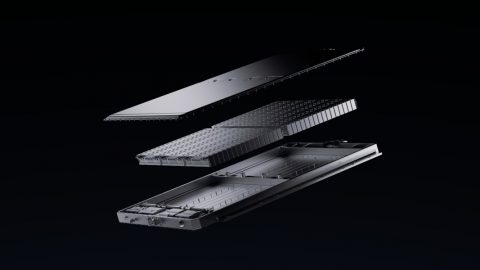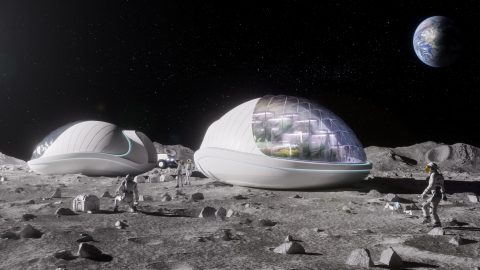
Subscale deployment
How might subscale deployment be accomplished? Most stratospheric scientific studies of aerosol injection assume the operative material is sulfur dioxide (SO2) gas, which is 50% sulfur by mass. Another plausible option is hydrogen sulfide (H2S), which cuts the mass requirement almost in half, though it is more hazardous to ground and flight crews than SO2 and thus might be eliminated from consideration. Carbon disulfide (CS2) gas cuts the mass requirement by 40% and is generally less hazardous than SO2. It is also possible to use elemental sulfur, which is the safest and easiest to handle, but this would require a method of combusting it on board before venting or the use of afterburners. No one has yet done the engineering studies required to determine which of these sulfur compounds would be the best choice.
Using assumptions confirmed with Gulfstream, we estimate that any of its G500/600 aircraft could loft about 10 kilotons of material per year to 15.5 kilometers. If highly mass-efficient CS2 were used, a fleet of no more than 15 aircraft could carry up 100 kilotons of sulfur a year. Aged but operable used G650s cost about $25 million. Adding in the cost of modification, maintenance, spare parts, salaries, fuel, materials, and insurance, we expect the average total cost of a decade-long subscale deployment would be about $500 million a year. Large-scale deployment would cost at least 10 times as much.
How much is 100 kilotons of sulfur per year? It is a mere 0.3% of current global annual emissions of sulfur pollution into the atmosphere. Its contribution to the health impact of particulate air pollution would be substantially less than a tenth of what it would be if the same amount were emitted at the surface. As for its impact on climate, it would be about 1% of the sulfur injected in the stratosphere by the 1992 eruption of Mount Pinatubo in the Philippines. That well-studied event supports the assertion that no high-consequence unknown effects would occur.
At the same time, 100 kilotons of sulfur per year is not insubstantial: it would be more than twice the natural background flux of sulfur from the troposphere into the stratosphere, absent unusual volcanic activity. The cooling effect would be enough to delay global rise in temperature for about a third of a year, an offset that would last as long as the subscale deployment was maintained. And because solar geoengineering is more effective at countering the rise in extreme precipitation than the rise in temperature, the deployment would delay the increasing intensity of tropical cyclones by more than half a year. These benefits are not negligible to those most at risk from climate impacts (though none of these benefits would necessarily be apparent due to the climate system’s natural variability).
We should mention that our 100 kilotons per year scenario is arbitrary. We define a subscale deployment to mean a deployment large enough to substantially increase the amount of aerosol in the stratosphere while being well below the level that is required to delay warming by a decade. With that definition, such a deployment could be several times larger or smaller than our sample scenario.
Of course no amount of solar geoengineering can eliminate the need to reduce the concentration of greenhouse gases in the atmosphere. At best, solar geoengineering is a supplement to emissions cuts. But even the subscale deployment scenario we consider here would be a significant supplement: over a decade, it would have approximately half the cooling effect as eliminating all emissions from the European Union.
The politics of subscale deployment
The subscale deployment we’ve outlined here could serve several plausible scientific and technological goals. It would demonstrate the storage, lofting, and dispersion technologies for larger-scale deployment. If combined with an observational program, it would assess monitoring capabilities as well. It would directly clarify how sulfate is carried around the stratosphere and how sulfate aerosols interact with the ozone layer. After a few years of such a subscale deployment, we would have a far better understanding of the scientific and technological barriers to large-scale deployment.
At the same time, subscale deployment would pose risks for the deployer. It could trigger political instability and invite retribution from other countries and international bodies that would not respond well to entities fiddling with the planet’s thermostat without global coordination and oversight. Opposition might stem from a deep-rooted aversion to environmental modification or from more pragmatic concerns that large-scale deployment would be detrimental to some regions.
Deployers might be motivated by a wide range of considerations. Most obviously, a state or coalition of states might conclude that solar geoengineering could significantly reduce their climate risk, and that such a subscale deployment would strike an effective balance between the goals of pushing the world toward large-scale deployment and minimizing the risk of political backlash.






Recent Comments